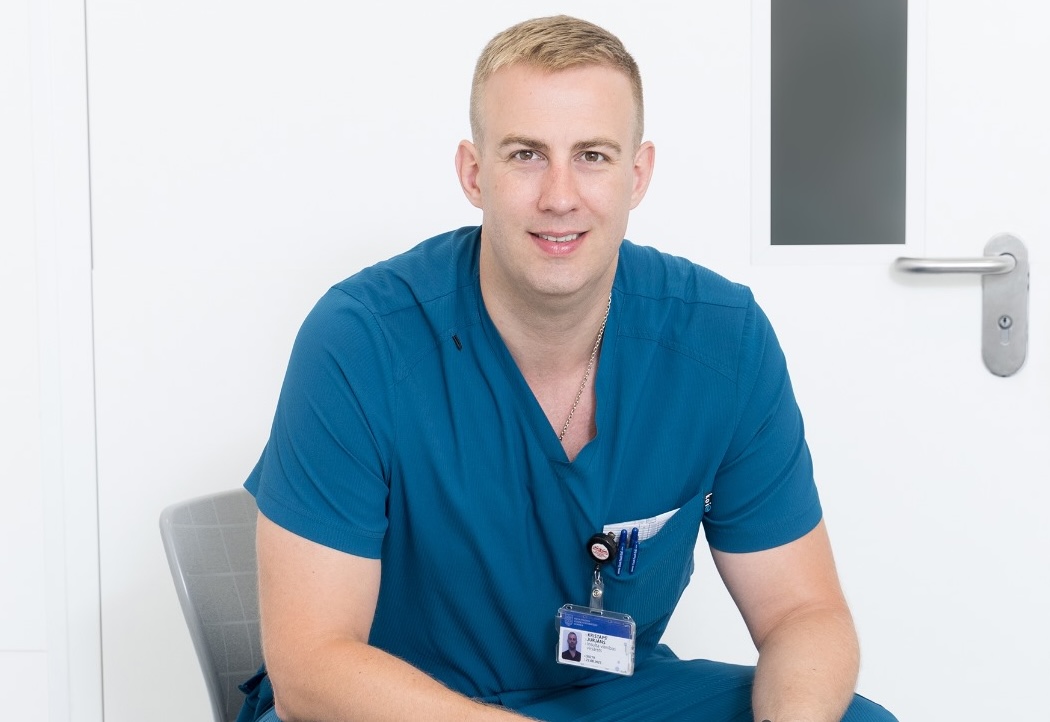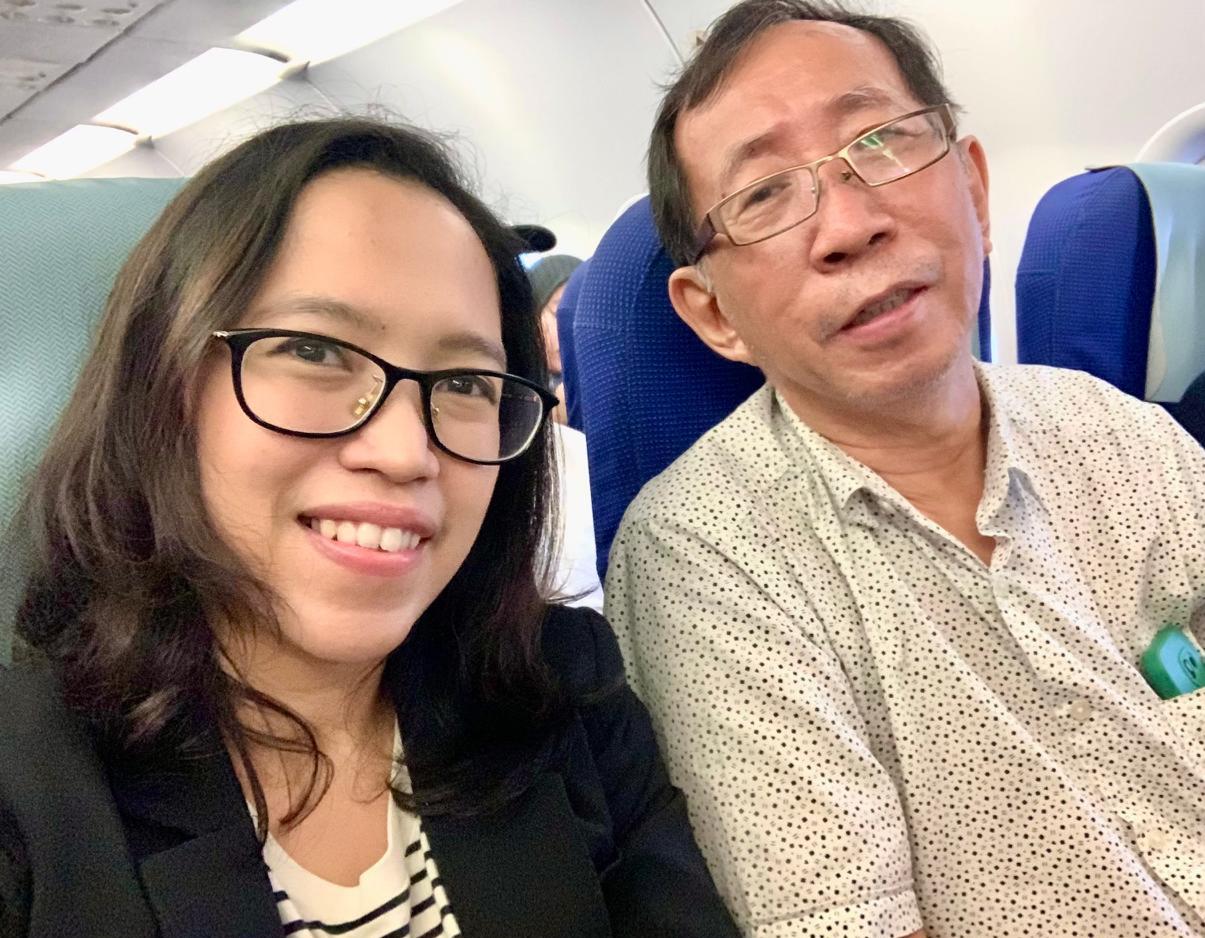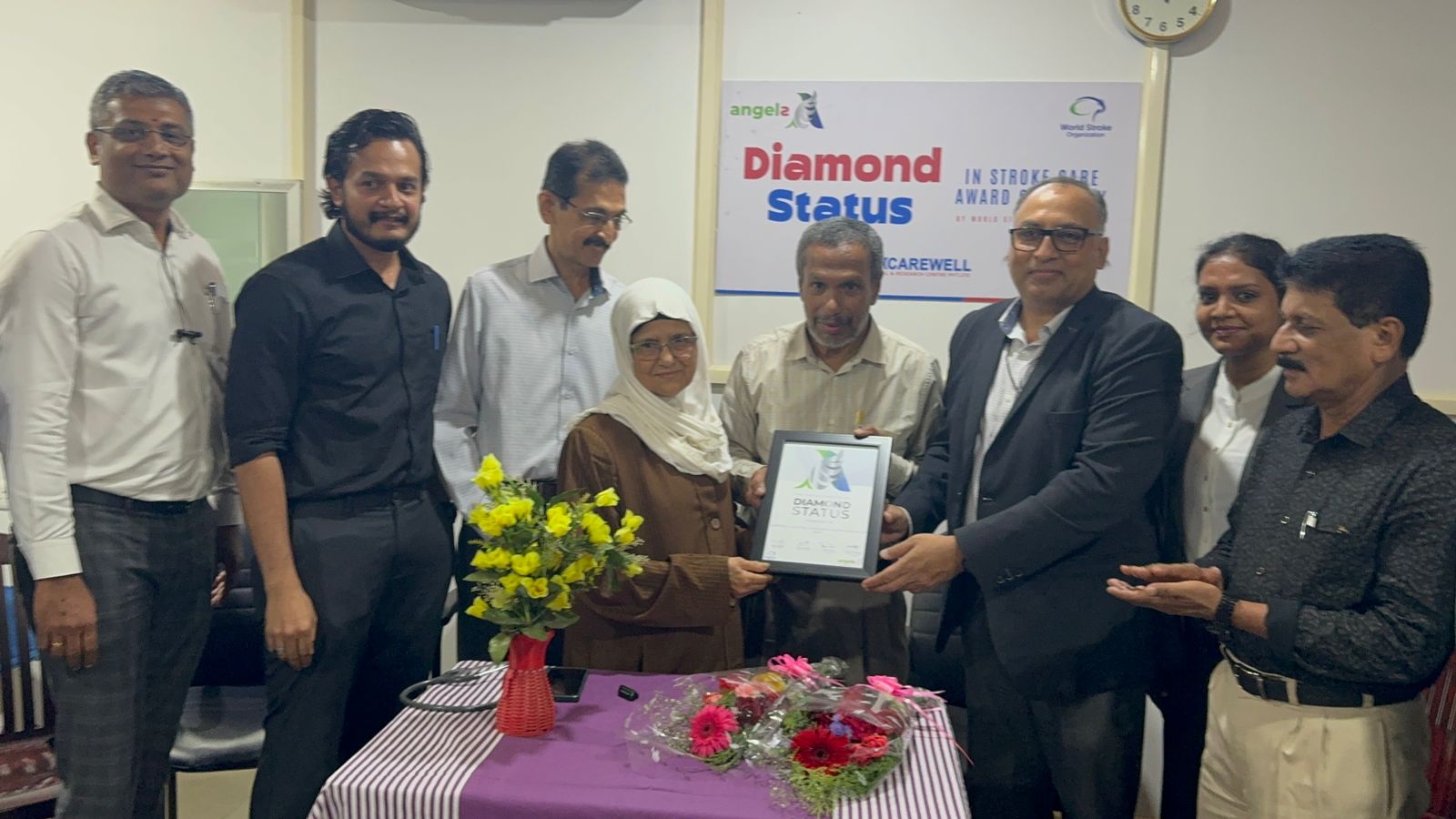Founded in 1288 by Folco Portinari – the father of Beatrice, who was the fiancée and main inspiration for Dante Alighieri’s works – Hospital Santa Maria Nuova is the oldest hospital still active in Florence, Italy and in the world.

Starting with only ten beds for the poor and needy, the hospital developed quickly and, in 1330, it revised its statutes to become an authentic hospital rather than a charitable poorhouse or hospice. Its reputation grew significantly with patients such as Martin Luther, who was treated there in 1510, singing praises about the “skillful doctors, careful nurses, good kitchen, painted beds, and clean linen”.
For more than 700 years, the hospital has been serving patients without missing a single day – even during plagues, wars or natural disasters – amassing a lot of historical and artistic legacies in the process. Today, it is also a museum with a rich and unique art collection consisting of 730 paintings, frescoes, sculptures, furnishings and the so called “vasche di Leonardo” where Leonardo da Vinci used to perform autopsies for his anatomical studies.
Having amassed such historical and artistical legacies, not many would have guessed that Hospital Santa Maria Nuova would create a new one in the 21st century, but that is exactly what happened.
The story began in 2017 when Dr. Angela Konze, a radiologist working for the hospital, met Prof. Valeria Caso – Past ESO President and an Angels “ambassador”– during a conference in Italy. Dr. Konze was fascinated by the power of the Angels network and by the fact that many hospitals in Europe can achieve a Door-to-Treatment (DTT) average of 30 minutes or less. Keen to improve the hospital’s DTT time, which was averaging at 75 minutes at the time, she decided to get in touch with the Angels Initiative to help assess how to improve stroke care in her hospital.
Soon after this conference, the consultancy process of this hospital begun. Doctors and nurses of the whole stroke team from the ED, Radiology and Internal Medicine Departments actively participated throughout the 5 Angels consultancy visits, during which they conducted an analysis of the hospital stroke pathway and took part in various trainings. The defining moment of this improvement process was during the in situ simulations, where the team tested and agreed on several pathway adjustments to efficiently implement the 4 recommended priority actions.
Firstly, they agreed that, after a stroke prenotification from the EMS service, the patient should bypass the triage and be immediately evaluated by the ED physician who would also accompany the patient to the CT table. Furthermore, they agreed that nurses have a crucial role in the process and should therefore be involved throughout the pathway by working in parallel to support the doctor in caring for the patient. The team also realized during the in situ simulation that the use of a stroke bag can help them be ready to start the pharmacological treatment in the CT room.

After the simulation, the team was also extremely active in reviewing and customizing the checklist templates provided by the Angels consultant and eventually these became part of their routine during each stroke code. Another key improvement action implemented immediately afterwards was the Door-to-Treatment Time monitoring: nurses and doctors of the ED and radiology started to methodically filling in the Angels time tracker poster so that they can monitor their own progresses. The stroke simulation incited a wave of enthusiasm and motivation for the whole team; it helped them to see with their own eyes, the gaps in the pathway, to critically review them and to cooperate to overcome them.
The results of these changes were immediate and staggering. Hospital Santa Maria Nuova went from having treated 29 patients with an average DTT of 75 minutes in 2017 to 66 patients with an average DTT of 38 minutes in 2018 – essentially doubling the recanalization rate while halving the DTT times in just one year. Consequently, Hospital Santa Maria Nuova became the first hospital in Italy to have achieved a Diamond Status on the ESO-Angels Awards, and they are still getting better and better: between January to June 2019 alone, the hospital has treated 42 patients with an average DTT of 32 minutes – a further improvement to the already impressive progress achieved in the previous year.
The great experience of this hospital was extremely contagious as it led to 7 other hospitals within the same regional stroke network to start their own Angels consultancy process and achieve incredible results – a great example of how simply being part of a community can trigger improvement at a larger scale.
Lorenza Spagnuolo, the Angels Consultant who worked with this hospital, suggested that the key success factor boiled down to a strong motivation to provide the best possible care for patients, combined with solid teamwork between doctors and nurses in the emergency and radiology departments.
“I am impressed by the contagious enthusiasm of these people, by their willingness to improve and mainly by the collaboration among the team members. The spirit that characterizes the team is unique and precious: everyone recognizes that every single result comes from their collaboration and cooperation, not from any particular individual . I think that this is the key of their success and I will keep challenging them to work together as they are doing, and to never lose this spirit and this motivation,” - Lorenza Spagnuolo.

As of today, Hospital Santa Maria Nuova is the only hospital in Italy to have achieved the ESO-Angels Diamond Status Award, and they did it not just once but twice, setting itself as a bright spot for stroke care quality standard in the country.
We are extremely proud to be a part of this new legacy in such a historical institution and, knowing all the people involved and the high standard they like to set for themselves, we are positive that they will continue to surprise us in the years to come.



